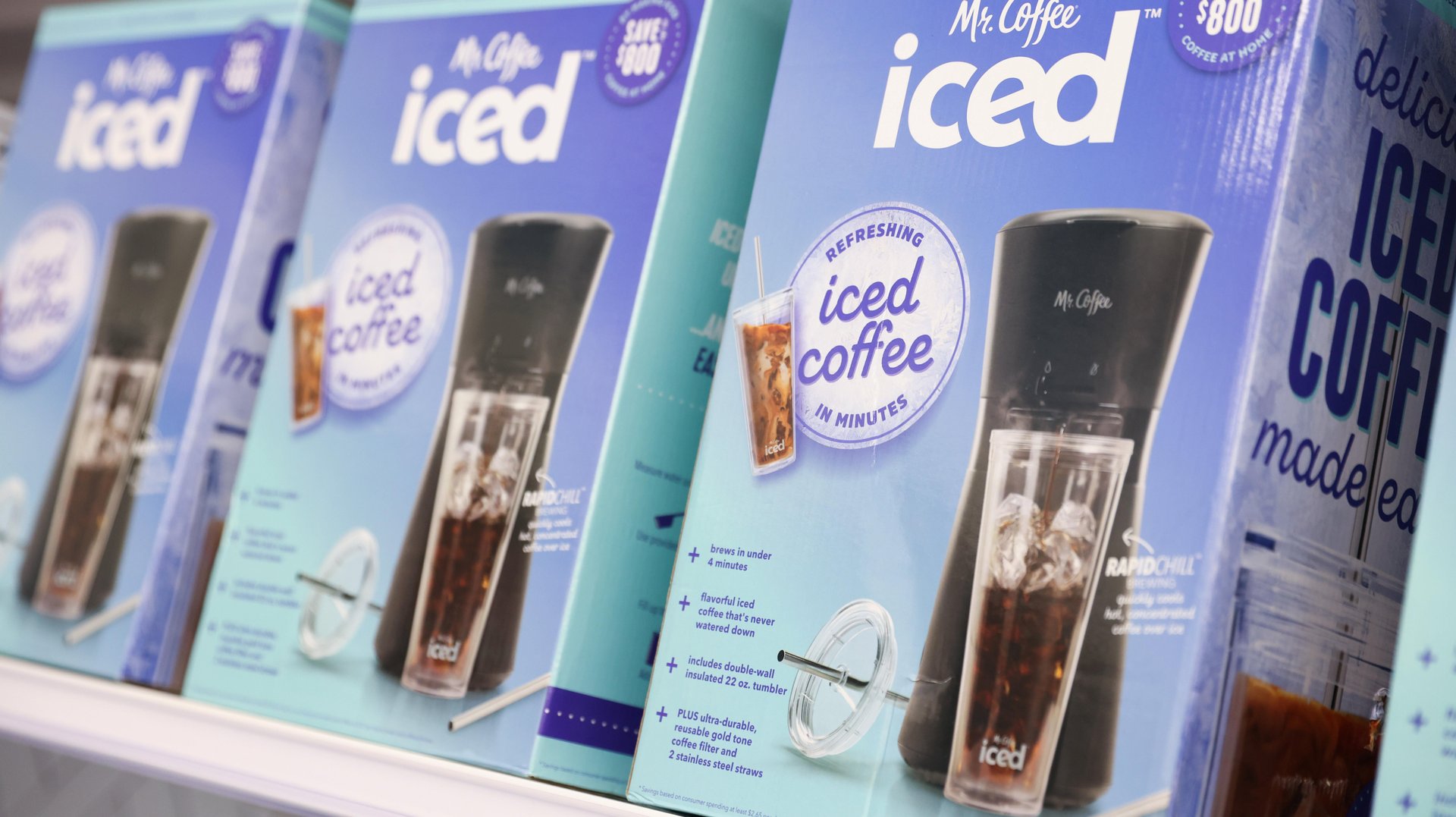Every season is now iced coffee season
Work from home and growing interest in cold brew are fueling iced coffee's popularity

Iced coffee is all the rage. Cold beverages now make up about three-quarters of beverage sales at Starbucks’ company-owned stores in the US. And Nestlé, the maker of Nespresso espresso machines, has decided it’s time to catch up and start catering to the cold coffee crowd, too.
How did it happen?
Bottled coffee, cold brew
The convenience of bottled up coffee, now widely available at supermarkets and drugstore chains, have helped facilitate cold coffee’s growth in the past five years, says Matt Swenson, director of coffee at Nestlé.
Cold brew, made by steeping coffee in water that is room temperature or colder rather than brewing it hot and adding ice, is also bringing a lot of attention to the genre.
Like their warmer counterparts, iced coffee drinks also are highly customizable—see the TikTok trend of sharing iced coffee preferences at Starbucks—and more easily noticed when served in a clear cup. People are using cold drinks as a way to express themselves, says Swenson, who prefers iced over hot.
What happens to iced coffee sales in winter?
Notably, winter doesn’t chill iced coffee sales as it has in the past, thanks in part to remote work, as people in cold climates can enjoy iced coffee in the comfort of their heated homes.
In December 2021, ready-to-drink coffee unit sales were18.8% higher than the same month the year before, according to NielsenIQ data. Starbucks has even rolled out new cold brew flavors in winter.
